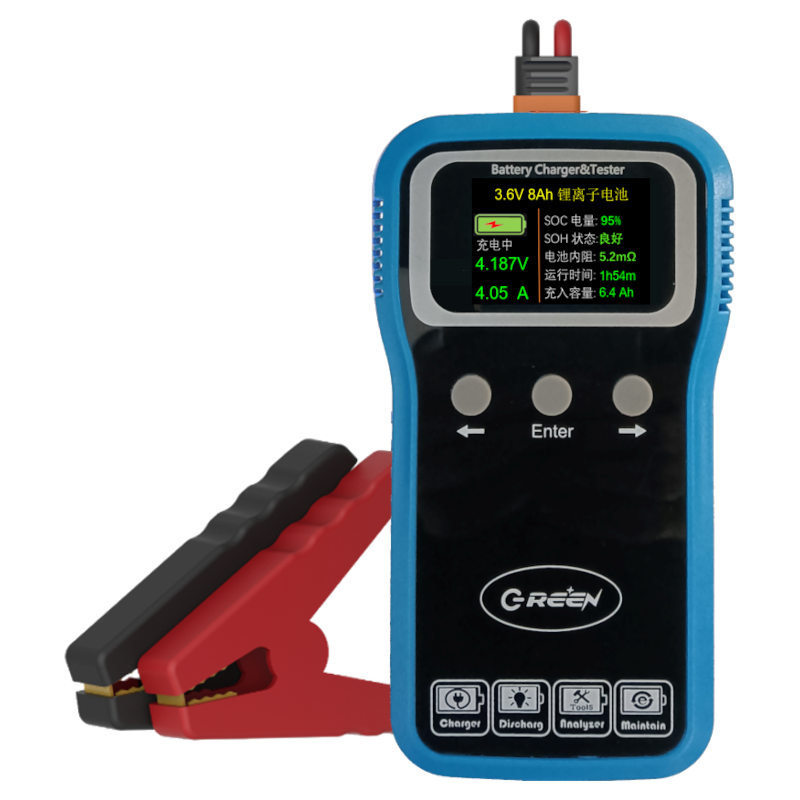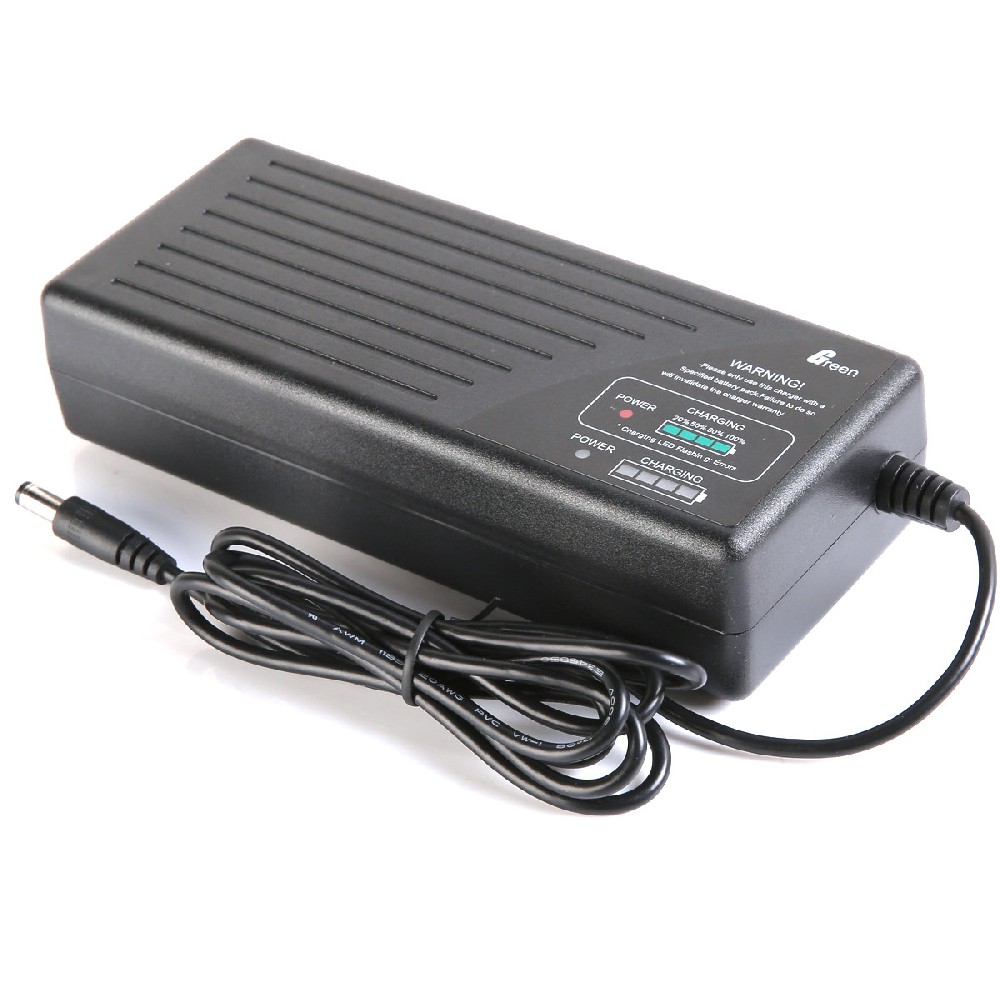Portable Battery Charger for Cars: A Reliable Companion on the Road
In today's fast-paced modern life, automobiles have become an indispensable mode of transportation for our daily commutes and travels. However, the sudden depletion of a car battery's power, whether during a long journey or a routine commute, can always catch us off guard, especially in remote areas or emergency situations, where this inconvenience can escalate into a genuine predicament. To address this issue, portable battery charger for cars (Portable Battery Charger for Car) have emerged, not only solving the problem of emergency vehicle starting but also becoming a must-have tool for car owners due to their portability, efficiency, and versatility. This article delves into the working principles, key selection criteria, usage methods, advantages, and future trends of portable car battery charger, aiming to provide readers with a comprehensive and detailed guide.
I. Working Principles and Type Analysis
Working Principles: Portable car battery charger primarily rely on energy conversion and storage technology. They integrate high-performance lithium-ion battery packs or supercapacitors as energy sources, utilizing a smart battery management system (BMS) to control current and voltage, ensuring safe and rapid charging of car batteries. When a car battery runs low on power, users can connect the charger's output cables to the positive and negative terminals of the car battery, initiate the charging process, and replenish the battery's energy, thereby restoring the vehicle's starting capability.
Type Analysis:
Traditional Portable Chargers: These chargers typically feature lead-acid batteries or lithium-ion batteries as energy storage units. They are relatively bulky but offer ample capacity, suitable for prolonged use or frequent charging needs. They often come equipped with indicator lights or displays to show charging status and battery information.
Compact Power Bank-Style Chargers: Recent technological advancements have led to the development of smaller, lighter power bank-style chargers that resemble mobile phone power banks but possess higher output power, enabling direct charging of car batteries. These products are easy to carry and ideal for emergency use.
Intelligent Fast Chargers: Some high-end portable chargers incorporate intelligent fast-charging technology, which can automatically identify the car battery type (e.g., lead-acid, AGM, GEL) and adjust the optimal charging strategy, ensuring both charging efficiency and battery protection against overcharging, overheating, and other damages.
II. Key Selection Criteria
Capacity and Output Power: Capacity determines the number of charges and the duration of each charge, while output power affects charging speed. Choosing the right capacity and power based on vehicle type and usage needs is crucial.
Portability: Consider portability when selecting a charger, opting for models that are small, lightweight, and easy to carry, especially those with handles or designs that fit easily into car trunks.
Safety: Check if the product has passed relevant safety certifications (e.g., UL, CE) and features safety functions such as overcharge protection, short-circuit protection, and reverse polarity protection.
Compatibility: Confirm the charger's compatibility with different types of car batteries and whether it is compatible with various vehicle brands and models.
Additional Features: Some premium chargers offer additional features like LED lighting, USB charging ports, enhancing their practicality.
III. Usage Methods and Maintenance
Usage Methods:
Check Connections: Before connecting the charger, ensure the car battery's positive and negative terminals are clearly identifiable to avoid reverse polarity. Use appropriate clips or cables to connect the charger to the battery.
Start Charging: Follow the instructions in the manual to initiate the charging process. Some chargers have automatic detection features that adjust the charging mode accordingly.
Monitor Status: During charging, observe the charger's indicator lights or display to ensure the charging process is proceeding normally.
Complete Charging: Once charging is complete, disconnect the charger promptly and store it properly.
Maintenance Tips:
Regularly inspect the charger's cables and clips for wear or damage, replacing them as needed.
Avoid exposing the charger to extreme temperatures or humid environments, which may affect its performance and lifespan.
Charge the charger every 3-6 months if not used for extended periods to maintain battery activity.
IV. Advantages and Application Scenarios
Advantages:
Emergency Starting: Quickly provides the power needed to start a car when the battery is depleted, avoiding the inconvenience of being stranded.
Portability and Ease of Use: Small and lightweight, making them convenient to carry and suitable for long trips, outdoor adventures, and daily commutes.
Safety and Reliability: Equipped with multiple safety protection mechanisms to ensure a worry-free charging process.
Versatility: Some models offer additional practical functions, such as emergency lighting and mobile device charging.
Application Scenarios:
Self-Drive Tours and Long Trips: Provides power assurance for vehicles during long journeys, ensuring a smooth trip.
Outdoor Adventures and Camping: Offers emergency starting services in remote areas or locations without power supplies.
Daily Commuting: Ideal for vehicles that frequently travel short distances and are prone to battery depletion.
Emergency Rescue: Serves as an essential emergency equipment for rescue teams or individuals, quickly restoring vehicle starting capability in case of breakdowns.
V. Future Trends
With the proliferation of electric vehicles and advancements in smart technology, portable car battery charger is poised for new opportunities in the automotive aftermarket. We can anticipate the following trends in the future:
Higher Energy Density: As battery technology evolves, portable chargers will achieve higher energy densities, enabling longer runtimes and smaller form factors.
Intelligent Upgrades: By integrating IoT, AI, and other advanced technologies, chargers will gain smarter charging management, fault diagnosis, and remote control capabilities, enhancing user experience.
Multi-Purpose Integration: Future portable chargers may integrate more practical functions beyond car battery charging, such as tire inflation and portable fridges, becoming true multi-functional automotive companions.
Eco-Friendliness and Energy Efficiency: With growing environmental awareness, green and low-carbon charging solutions will become mainstream. Portable chargers will prioritize energy efficiency ratios and the use of eco-friendly materials.
In conclusion, portable car battery charger have carved out a niche in the automotive aftermarket due to their unique advantages, becoming indispensable travel companions for car owners. As technology continues to advance and the market matures, we have every reason to believe that these products will play an even more significant role in the future, bringing more convenience and peace of mind to people's travels.


